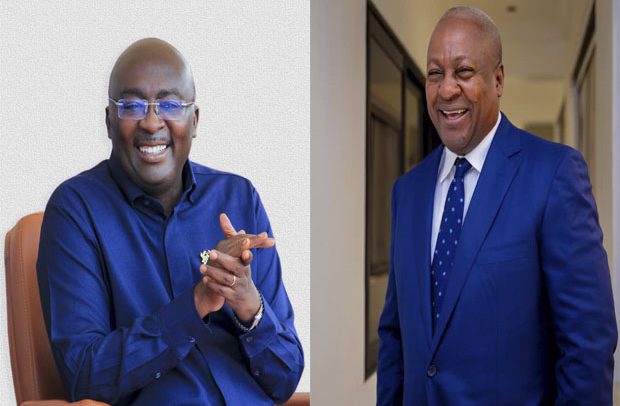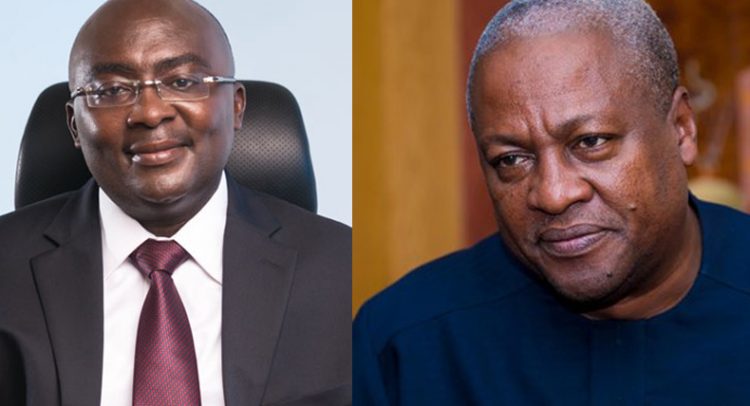

Drugs, violence, and power — here's how the empires of the world's two most notorious drug kingpins stack up.
Since the late 1970s, two men have emerged as the most powerful and most dangerous drug lords in the world.
Pablo Escobar, a farmer's son from rural Colombia, and Joaquin "El Chapo" Guzman, a product of Mexico's rugged Sierra Madre mountains, delivered immeasurable amounts of cocaine and other drugs to the world during their respective reigns — Escobar's came to an end on a dingy Medellin rooftop in late 1993, and Guzman's appears to be over as he sits in a US jail and his cartel is consumed by power struggles.
During their respective climbs to the top of the narco food chain, they amassed obscene amounts of wealth and exposed the world to unimaginable levels of terror.
While a direct comparison of Escobar's Medellín cartel and Guzman's Sinaloa Federation is difficult — they've dealt with different products, competition, and markets — looking at the groups' leaders side by side gives some idea of their power and influence.
Pablo Escobar
Born to a humble farming family near the city of Medellin in north-central Colombia, Pablo Escobar started his career committing various petty crimes. He graduated to smuggling and soon began carting shipments of marijuana.
By the late 1970s, he and several associates began trafficking cocaine out of Colombia (which is still the world's biggest cocaine producer), and by the early 1980s, their Medellin cartel — which included a Hitler-obsessed megalomaniac and an American pilot — was shipping hundreds of millions of dollars' worth of cocaine north to the voracious US market.
While Escobar's income and wealth are hard to measure, it's believed he was raking in $420 million a week by the mid-1980s, which would amount to roughly $22 billion a year. By the end of that decade, he was supplying 80% of the world's cocaine and smuggling 15 tons of it into the US every day.
He spent lavishly on himself and his family and was a patron of local causes, building apartments and soccer fields and handing out cash to the poor. These acts of charity won him popular support and bolstered his image as a man of the people.
"Pablo was earning so much that each year we would write off 10% of the money because the rats would eat it in storage or it would be damaged by water or lost," Escobar's brother Roberto wrote in a 2009 book.
Escobar's illicit empire attracted the attention of the Colombian government, which attempted to shut down his operations. Clashes between the government and drug traffickers unleashed a yearslong wave of violence in Colombia.
The Colombian government, with US assistance, deployed a special force to bring Escobar down, though that force was badly bloodied in its first encounter with the cartel. By mid-1991, the government's campaign forced Escobar to concede, and he negotiated an agreement that allowed him to lock himself up in a jail of his own design in the highlands near Medellin.
By the middle of 1992, evidence that Escobar was conducting cartel activity from his prison compelled the government to try to apprehend him. Instead, Escobar fled the prison and went on the run.
During this time, he and his family traveled from hideout to hideout, never staying in the same place for more than two days.
At one point, Escobar torched $2 million in cash to help his family stave off cold weather.
He eventually separated from his family, hiding out on his own. On December 2, 1993, his luck ran out. Colombian security forces — believed to be working with Los Pepes, a vigilante group that was also tracking Escobar — converged on the Medellín home where he was staying.
When they burst through the door, Escobar scrambled onto the rooftop. Like many details of his life, it's unclear who fired the shot that killed the most powerful — and most dangerous — drug lord in the world.
Escobar and the criminal empire he built have had a lasting effect on Colombia. His death spurred the dissolution of his cartel, which in turn led to a kind of evolution in the country's criminal underworld, producing smaller, more effective gangs.
Escobar's son has decried the media for "glorifying" criminals like his father, and the Medellin capo's top hit man has become something of a right-wing political activist. The president who oversaw Escobar's downfall has exhorted the world to find another way to fight drugs.
Joaquin 'El Chapo' Guzman
While Joaquin "El Chapo" Guzman is not the first drug baron to emerge from the Sierra Madre mountains of Sinaloa state in northwestern Mexico, the state's namesake cartel rose to global standing under his watch.
As the head of the Sinaloa cartel, Guzman oversaw marijuana and poppy cultivation that covered more than 23,000 miles of Mexico — an area larger than Costa Rica — and at its peak had a presence in 24 of Mexico's 32 states and in as many as 50 countries, including an extensive network in the US.
At one point, cartel reportedly controlled 35% of the cocaine produced in Colombia, and, according to the Drug Enforcement Administration, it supplies 80% of the heroin, cocaine, marijuana, and methamphetamine flowing to the Chicago region of the US each year.
The Sinaloa cartel is also believed to have an immense international footprint. The cartel's activity has been reported in Australia, Hong Kong, and the Philippines in recent years.
According to the UN Office on Drugs and Crime, Latin American organizations like Sinaloa have looked to expand their operations into new markets, using trafficking routes through Africa and Asia. The Sinaloa cartel or people tied to it have already popped up in West and North Africa.
Guzman was no stranger to law enforcement, either.
In 1993, not long after he ascended to Sinaloa's upper ranks, Guzman was arrested in Guatemala, where he had fled after a cartel shootout in Guadalajara killed a Catholic cardinal, and locked up in a Mexican prison. He stayed there until he escaped in 2001, reportedly by hiding in a laundry cart. That escape was reportedly arranged through state-security personnel working for Guzman, underscoring his allegedly expansive ties to the government.
He was on the run for 13 years before he was caught in Mazatlan, on the Sinaloa coast, in February 2014. Seventeen months later — a period that didn't interrupt his managerial duties — he escaped again in spectacular fashion.
According to one report, his cartel henchmen dug a mile-long tunnel under the prison only to come up under the wrong part of the prison. Undetected and undeterred, they simply dug another tunnel.
After six months on the run, Guzman was recaptured in early January 2016 in Los Mochis, a city in Sinaloa state not far from where he was born. The drama around him did not ease after he was rejailed.
His legal team filed multiple appeals to his sentence, and Guzman himself reportedly made overtures about cutting a deal with US authorities. His wife decried his treatment in jail.
Amid the legal wrangling, worries about another escape persisted. In early May, Guzman was shuttled from his cell at a prison in central Mexico to another facility outside of Ciudad Juarez, just over the border from El Paso, Texas.
The move was reportedly prompted by a sudden blackout at the jail holding him, which likely spooked many high-level Mexican officials who would have been humiliated by another breakout.
The Mexican government approved Guzman's extradition to US courts in Texas and California in late May 2016, and his lawyers responded with more appeals.
In mid-August, Guzman's lawyers won an appeal to have the kingpin transferred back to the facility in central Mexico he was incarcerated in and broke out of.
He never made it.
Guzman remained locked up near Ciudad Juarez as reviews of the transfer order and other appeals were carried out.
But he was suddenly transferred from Mexico to a jail in Manhattan late on January 19, during the waning hours of Barack Obama's term in office.
He has had several court appearances, and he is now slated for trial starting in April 2018.
Evidence revealed by US prosecutors describes a complex criminal organization responsible for moving massive quantities of drugs, corrupting extensive networks of law enforcement and politicians, and unleashing brutal violence on its rivals and bystanders in Mexico.
According to US prosecutors, many of Guzman's compatriots, including Colombian drug traffickers, are ready to testify against him.
Behind bars, he is presumably safe, though that doesn't appear to be the case for the rest of his clan.
In June 2016, scores of armed men descended on Guzman's mother's home in central Sinaloa state. The attack left several people dead and may have been launched by a cartel with which Sinaloa has long feuded. In August, gunmen stormed into a posh restaurant in Puerto Vallarta, down the Pacific coast from Sinaloa state, and kidnapped at least one of Guzman's sons. The son whose kidnapping was confirmed, Alfredo, was released unharmed days later.
These incidents, which came amid rising violence throughout Mexico, now appear to have been the opening salvos in a battle for succession that has drawn in various factions of the Sinaloa cartel as well as is rivals and erstwhile allies.
In February, Guzman's sons were ambushed by gunmen they alleged were working for Damaso Lopez Nuñez, a security official turned cartel member who had long been their father's right-hand man. Lopez was captured in Mexico City in May, but the bloodshed has not eased.
Sinaloa state reportedly saw 182 homicides in June — month capped off by the massacre of 17 suspected cartel gunmen near Mazatlan.
June's death toll reportedly put the state at 907 homicides for the year, which would be a 73% increase over the same period last year.
At least three factions of the Sinaloa cartel are believed to be vying for control of the organization, and remnants of the Beltran Leyva Organization, a cartel that allied with Sinaloa in the 2000s, as well as the ascendant Jalisco New Generation cartel have joined the fight.
The CJNG is believed to have played a role in Guzman's son's kidnapping.
It is also challenging the Sinaloa cartel in Tijuana and battling Guzman's organization for control in Colima state — home to Mexico's largest Pacific port.
The cartel clash has reportedly also spread to Ciudad Juarez, a major port of entry to the US and a crown jewel for traffickers.
The bloodshed looks unlikely to relent any time soon, and in addition to the family members still at risk, Guzman may have a great deal left to lose. As of early May, US authorities investigating his dealings had "not found one dollar of El Chapo's assets," the country's attorney general said.
Drugs, violence, and power — here's how the empires of the world's two most notorious drug kingpins stack up. Read Full Story























Facebook
Twitter
Pinterest
Instagram
Google+
YouTube
LinkedIn
RSS